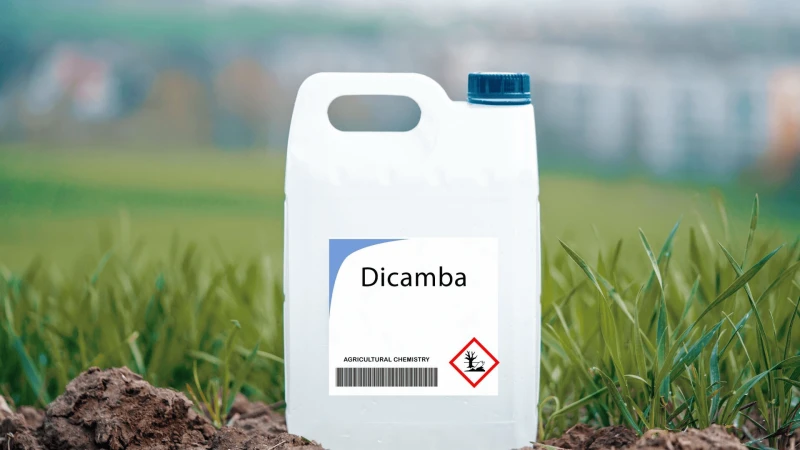Viewpoint: Court rulings and science are increasingly at odds when it comes to evaluating crop chemicals
Viewpoint: Court rulings and science are increasingly at odds when it comes to evaluating crop chemicals


In early February, dicamba once again found itself on the wrong side of the law. A federal court in Arizona vacated EPA’s 2020 registrations for dicamba products to be used in over-the-top applications. This effectively meant that the agricultural community would be unable to apply XtendiMax (Bayer), Engenia (BASF), and Tavium (Syngenta) for the upcoming 2024 growing season.
In reviewing the case, the court found that EPA to be in violation of the Federal Insecticide, Fungicide, and Rodenticide Act (FIFRA) when it re-authorized dicamba back in 2020.
Naturally, the industry was displeased with this ruling. “ARA disagrees with this decision,” wrote Daren Coppock, President/CEO for the Agricultural Retailers Association (ARA), in a released statement on the matter. “It removes a determination that should be made by a science-based regulatory agency to a federal court, and the timing of the decision will be extremely disruptive to ag retailers, distributors, manufacturers, and farmers who made plans to use these products in 2024. This court decision, issued after those plans have been made and while retailers are procuring the products necessary to fulfill them, comes at the worst possible time in the season.”
And just like that, one of the ag industry’s most commonly used herbicides was ruled ineligible for the time being. Unfortunately, this has increasingly become the norm for the crop protection products business over the past few years.
This is an excerpt. Read the original post here

 | Videos | More... |

Video: Nuclear energy will destroy us? Global warming is an existential threat? Chemicals are massacring bees? Donate to the Green Industrial Complex!
 | Bees & Pollinators | More... |

GLP podcast: Science journalism is a mess. Here’s how to fix it

Mosquito massacre: Can we safely tackle malaria with a CRISPR gene drive?

Are we facing an ‘Insect Apocalypse’ caused by ‘intensive, industrial’ farming and agricultural chemicals? The media say yes; Science says ‘no’
 | Infographics | More... |

Infographic: Global regulatory and health research agencies on whether glyphosate causes cancer
 | GMO FAQs | More... |

Why is there controversy over GMO foods but not GMO drugs?

How are GMOs labeled around the world?

How does genetic engineering differ from conventional breeding?
 | GLP Profiles | More... |

Alex Jones: Right-wing conspiracy theorist stokes fear of GMOs, pesticides to sell ‘health supplements’




 Viewpoint — Fact checking MAHA mythmakers: How wellness influencers and RFK, Jr. undermine American science and health
Viewpoint — Fact checking MAHA mythmakers: How wellness influencers and RFK, Jr. undermine American science and health Viewpoint: Video — Big Solar is gobbling up productive agricultural land and hurting farmers yet providing little energy or sustainabilty gains
Viewpoint: Video — Big Solar is gobbling up productive agricultural land and hurting farmers yet providing little energy or sustainabilty gains Fighting deforestation with CO2: Biotechnology breakthrough creates sustainable palm oil alternative for cosmetics
Fighting deforestation with CO2: Biotechnology breakthrough creates sustainable palm oil alternative for cosmetics Trust issues: What happens when therapists use ChatGPT?
Trust issues: What happens when therapists use ChatGPT? 30-year-old tomato line shows genetic resistance to devastating virus
30-year-old tomato line shows genetic resistance to devastating virus California, Washington, Oregon forge immunization alliance to safeguard vaccine access against federal undermining
California, Washington, Oregon forge immunization alliance to safeguard vaccine access against federal undermining The free-range chicken dilemma: Better for birds, but with substantial costs
The free-range chicken dilemma: Better for birds, but with substantial costs ‘You have to treat the brain first’: Rethinking chronic pain with Sanjay Gupta
‘You have to treat the brain first’: Rethinking chronic pain with Sanjay Gupta
